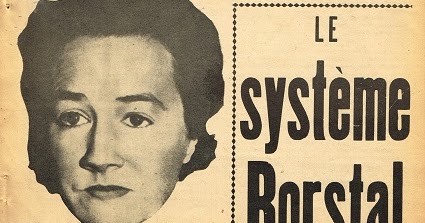
In 1853, they won the right to carry firearms in the performance of their duties. In order to be recognizable as police officers by civilians, the first uniforms were created in 1848. The first officers did not wear uniforms. At that time, there were 51 police officers in Montreal. The Montreal Police Service was created on March 15, 1843. With over 4,500 officers and more than 1,300 civilian staff, it is the second-largest municipal police agency in Canada after the Toronto Police Service. In the 10 days remaining for the party leaders to discuss corporate taxation, maybe they can address the ineffectiveness of these sacred tax cows.The Service de police de la Ville de Montréal ( SPVM French for 'Montreal City Police Service') is the municipal police agency for the city of Montreal, Quebec, Canada, and the neighbouring communities in the urban agglomeration of Montreal. As for the special tax rate for small business, after reviewing the available evidence the OECD concludes that “favourable tax treatment of investment in small firms may be ineffective in raising overall investment.” Thus policy should aim at “scaling down exemptions granted on firm size, as they may only waste resources without any substantial positive growth effects.” At the same time, the preferential rates provide a vehicle for tax avoidance, either when individuals masquerade as small firms or bigger firms restructure themselves to stay small. Enough reports and studies have bemoaned the state of Canadian R&D over the years to raise serious doubt about such subsidies’ effectiveness.

To Canadian readers, that’s hardly surprising. In 2008 Canada’s two biggest were $4.755-billion for scientific research and experimental development investment tax credits and $4.215-billion for the special low tax rate for small business.ĭo these tax credits achieve what they’re supposed to? Looking across countries, the OECD study finds that credits for R&D have only modest effects on productivity growth even in R&D-intensive industries. In a study published last fall, it enumerated different countries’ main tax expenditures through the corporate tax system.
#Journal photo police montreal series#
In a series of recent reports, the OECD has been pushing the same policy (which may be where the multilateralist Mr. This advertisement has not loaded yet, but your article continues below. “Welfare states, to be sustainable, are financed with growth, not with punitive taxes on wealth.” OECD data showing that, even as corporate tax rates have come down almost everywhere over the last 30 years, revenues from corporate taxes have risen from 8% of the overall tax take to 11% suggest Jenkins is right. Successful welfare states have to be investor-friendly. By contrast, social-democratic paradises like Scandinavia, as The Wall Street Journal’s Holman Jenkins pointed out Wednesday, “marry a smothering welfare state with tax codes that are positively regressive when it comes to business profits, capital gains and the estates of the super-wealthy.” The apparent paradox is easily explicable, of course. It’s always been a great irony that the United States, widely regarded as the home, if not birthplace, of free-market capitalism undertaken by free-wheeling corporations nevertheless has one of the highest corporate tax rates in the world.

The next issue of Financial Post Top Stories will soon be in your inbox. If you don't see it, please check your junk folder.


 0 kommentar(er)
0 kommentar(er)
